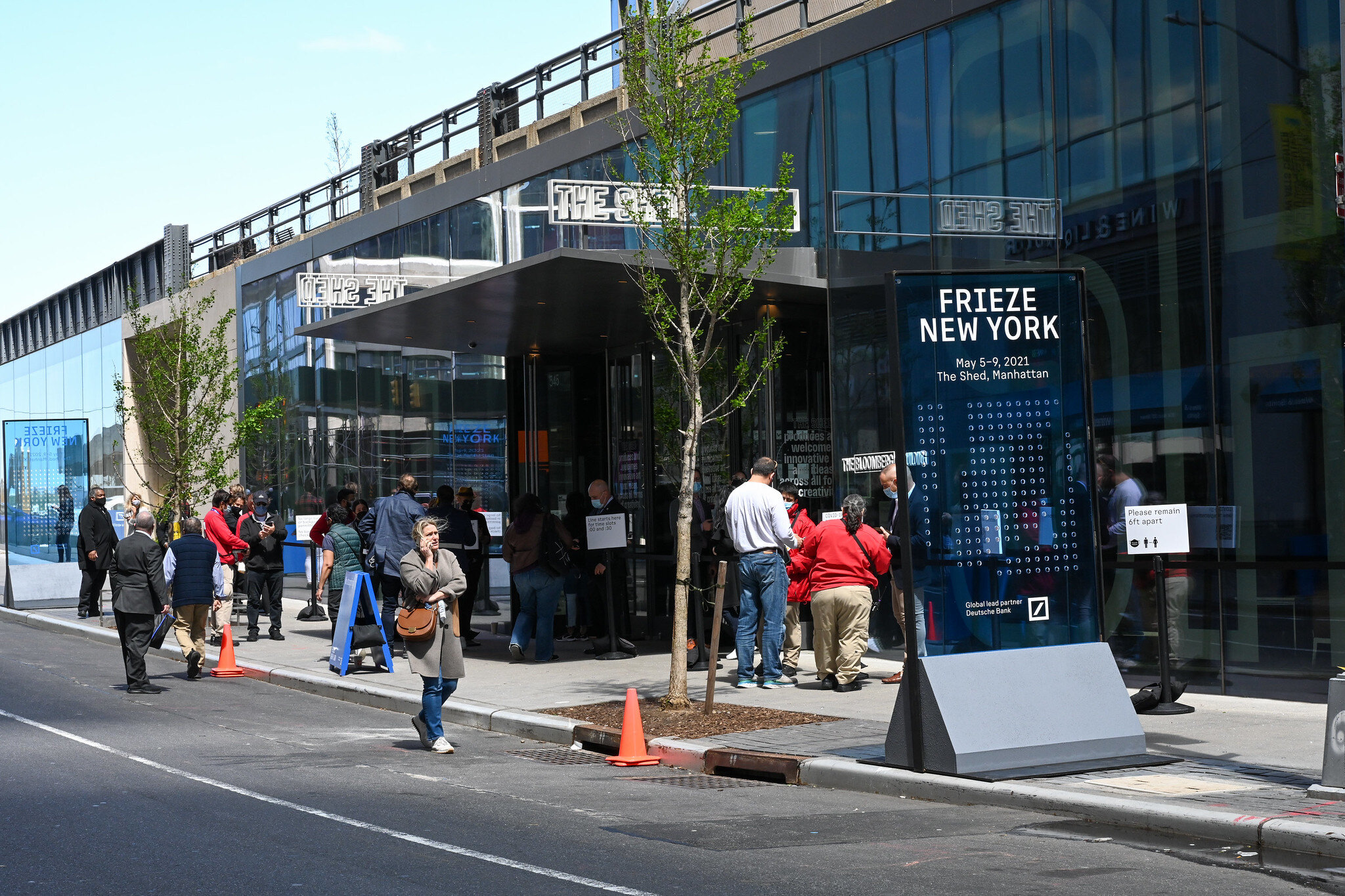DEEP FOREST || Bringing Bio-Digital Architecture to Life at Louisiana Museum of Modern Art

Prof Claudia Pasquero and Dr Marco Poletto, founders of architecture and design innovation firm ecoLogicStudio, together with academic partner Innsbruck University, present their latest installation, Deep Forest, within the exhibition “Living Structures” held at the renowned Louisiana Museum of Modern Art in Denmark from November 8th, 2024 to March 23rd, 2025.
Commissioned by the Danish museum in 2023, Deep Forest celebrates the naturalization of architecture and technology, a reversal of the modernist project to mechanize nature. The exhibition “Living Structures” is part of “Architecture Connecting,” a new series curated by Mette Marie Kallehauge and Kjeld Kjeldsen. It spotlights the evolution of architecture in an era of climate crisis and the social, cultural, and political challenges this reality poses.
“Diving deeply into a forest means losing oneself into the multiplicity of interconnecting processes that defines its very existence; and with it our own identity. In our contemporary world these processes are biological and digital, as both us and the forest are cyber-organic networks. Like the slime mould greeting visitors at the entrance of the Deep Forest exhibition, it serves as both a woodland fungus and a biological computer—a form of wetware AI infrastructure with the capacity to plan a city.”
— affirms Prof. Claudia Pasquero, ecoLogicStudio’s co-founder.
The complexity and interconnectedness of this work can only be truly understood through experience, which is why ecoLogicStudio’s exhibition at the Louisiana employs the immersive language of spatial design to express the innovative essence of their and their academic partners’ twenty years of research and bio-digital design advancements.
Drawing upon the unique landscape setting of the museum, the Deep Forest installation is shaped by the territorial diversity of the region and by the very materials that can be collected and manufactured on-site. King among them is the mycelium, the organism that forms the Wood Wide Web as it has been called, the internet of the forest. In this exhibition, mycelium dictates the planar organization of the projects on show, arranges the aeration system of the photosynthetic reactors, and guides visitors along suggested paths. It also emerges as a living architectural material, giving forms and substance to bio-degrader columns.
While mycelium’s applications in biodesign are unlimited, Deep Forest focuses on its symbiosis with photosynthetic microalgae. The forest’s circularity relies on photosynthesis, not only from tree leaves but also from algae, which form a symbiotic bond with mycelium, creating lichens that sustain this interconnected ecosystem.
102 carbon storers made of salvaged birch trunks host plenty of fungi species in the exhibition and provide context for the photosynthesizers: the 44 glass vessels hosting living cultures of cyanobacteria and seaweeds that supply the museum’s room with fresh oxygen and carbon sequestration.
The 44 photosynthesizers designed and engineered by ecoLogicStudio, capture 600g of CO2/day from the atmosphere, the equivalent of a small mature forest. Among these, 15 taller units contain macroalgae species typical of the local shores, while 29 shorter units house microalgae varieties of Spirulina SP.
These also provide biomass to 20 3D-print biodegraders created at the Synthetic Landscape Lab at the University of Innsbruck. Their external structure is 3D printed with algae-infused biopolymer, and their infill is made of 300kg of spent coffee grounds. They are inoculated with colonies of living mycelium, feeding on the sugars in the coffee grounds and growing to form a new space-filling network, a solid synthetic trunk. The proprietary bio-fabrication process involves burying the synthetic mycelium trunks in the ground for up to 3 weeks to allow the mycelium to fully develop its networks and reach the designed material and aesthetic consistency. The trunks can be extracted and dried at this stage to acquire mechanical resistance and beauty. Occasionally, some areas can be kept wet to allow fruiting bodies to grow, with fresh mushrooms popping out from gaps in the 3D-printed bark.
In synthesis, Deep Forest gives architectural form to the micromanagement of photosynthesis as a circular process. It embodies the dream of growing sustainable architecture from the waste and pollution emitted in the contemporary Urbansphere.
“Photosynthesis is fire in reverse. There is too much fire in the world, so to counteract fire we need more photosynthesis and we need to design it, to customise it.”
— quotes Prof Mario Carpo from an interview with Prof Claudia Pasquero and Dr Marco Poletto, which was recorded for the exhibition catalogue.
Moreover, Deep Forest hosts five thematic areas that showcase a variety of projects undertaken in recent years by ecoLogicStudio and its academic partners.
Highlights include GAN-Physarum: La dérive numérique, a machine learning algorithm trained to mimic the behaviour of living slime mould, envisioning a bio-digital, autonomous Paris; Tree One, a living sculpture previously exhibited in Korea and China; and the results of research led by Prof. Claudia Pasquero’s students in the Synthetic Landscape Lab at Innsbruck University. The exhibition also features ecoLogicStudio’s recent book, Deep Green: Biodesign in the Age of Artificial Intelligence, and the bio-digital gardening project H.O.R.T.U.S. XL Astaxanthin.g.
Deep Forest will be on show at the Louisiana Museum of Modern Art until March 23rd, 2025.
PROJECT CREDITS
Project Name: Deep Forest
Exhibition Info: Living Structures (part of Architecture Connecting series) 8 November 2024 — 23 March 2025 at the Louisiana Museum of Modern Art, Denmark
Artist: ecoLogicStudio (Claudia Pasquero, Marco Poletto)
Academic Partners: Synthetic Landscape Lab at Innsbruck University, Urban Morphogenesis Lab at the Bartlett UCL
Project Team: Prof Claudia Pasquero, Dr Marco Poletto with Jasper Zehetgruber, Beyza Nur Armagan, Xiao Wang, Alessandra Poletto
Prototyping Support Team: Konstantina Bikou, Korbinian Enzinger, Francesca Turi, Jonas Wohlgenannt, Marco Matteraglia, Michael Unterberger, Mika Schulz, Felix Humml, Bo Liu
Photographer: ©Rasmus Hjortshøj









